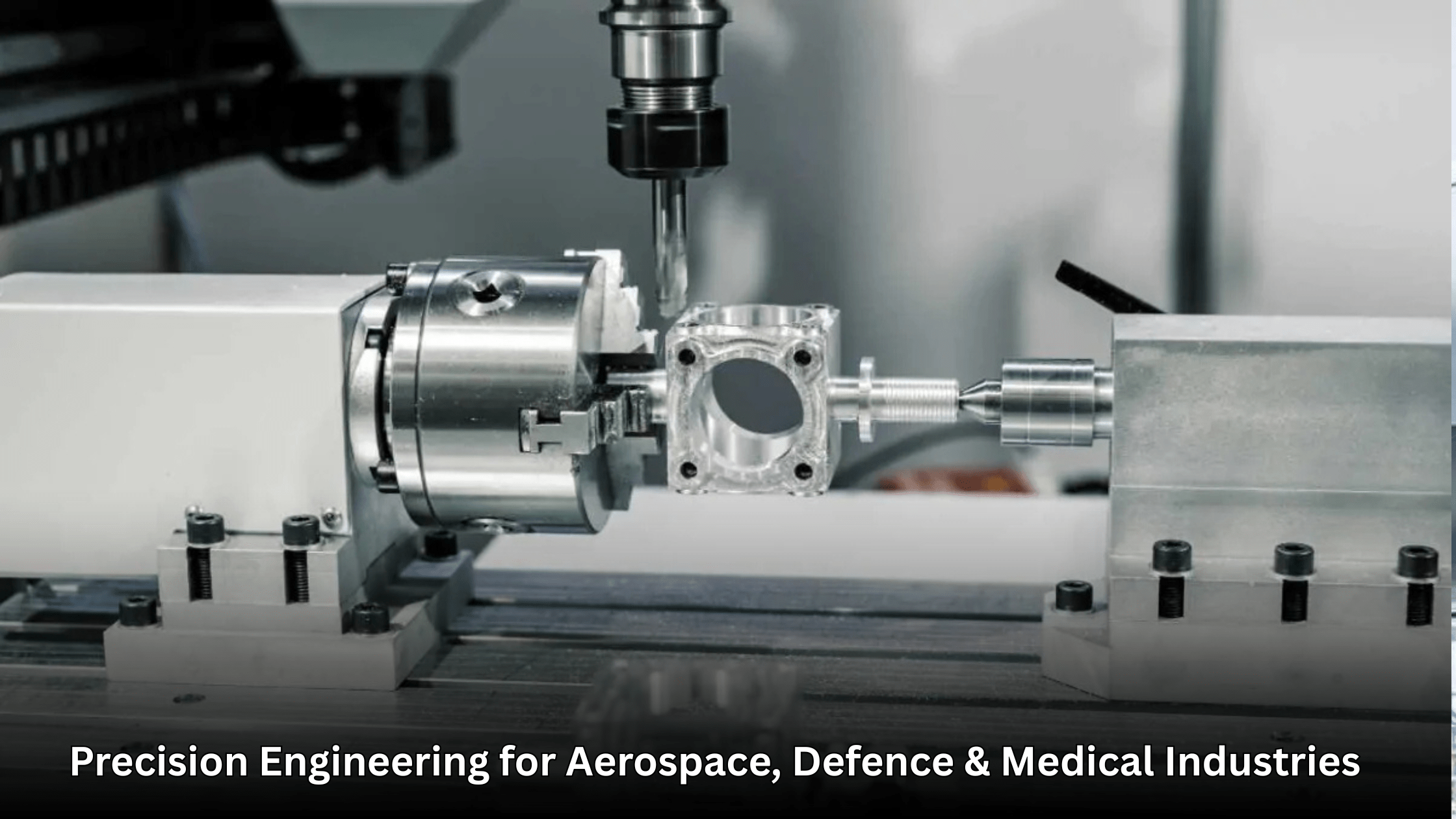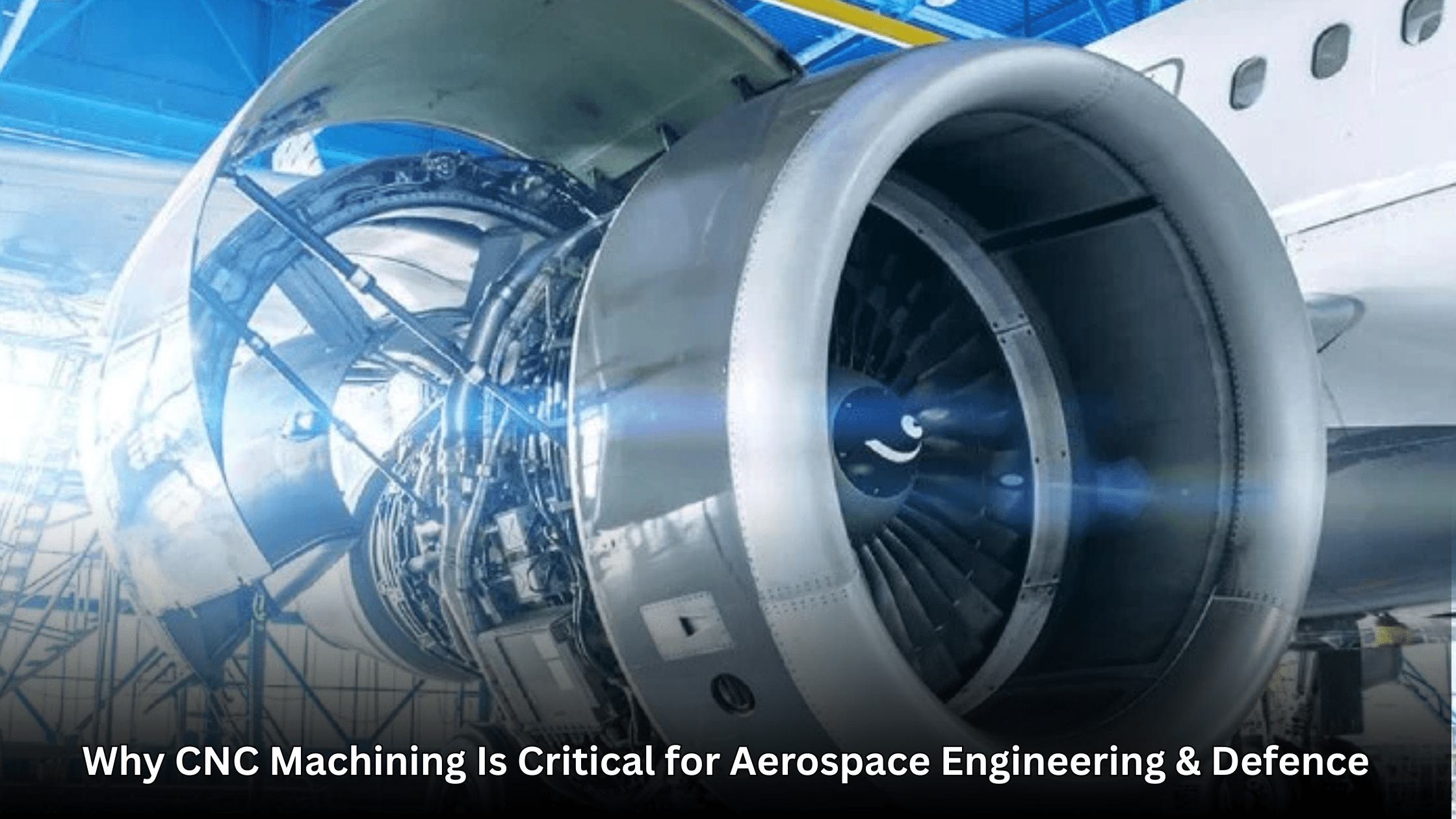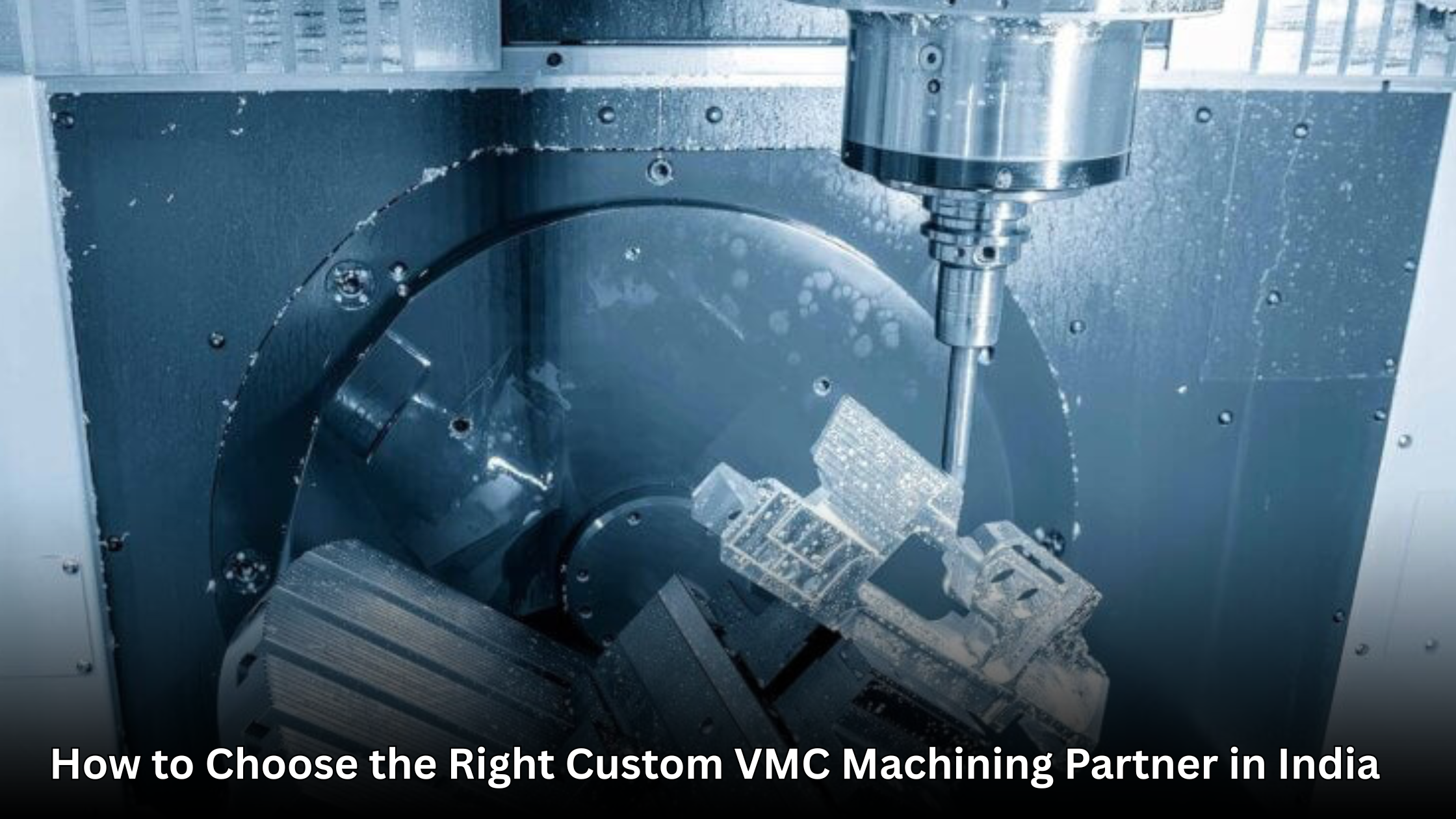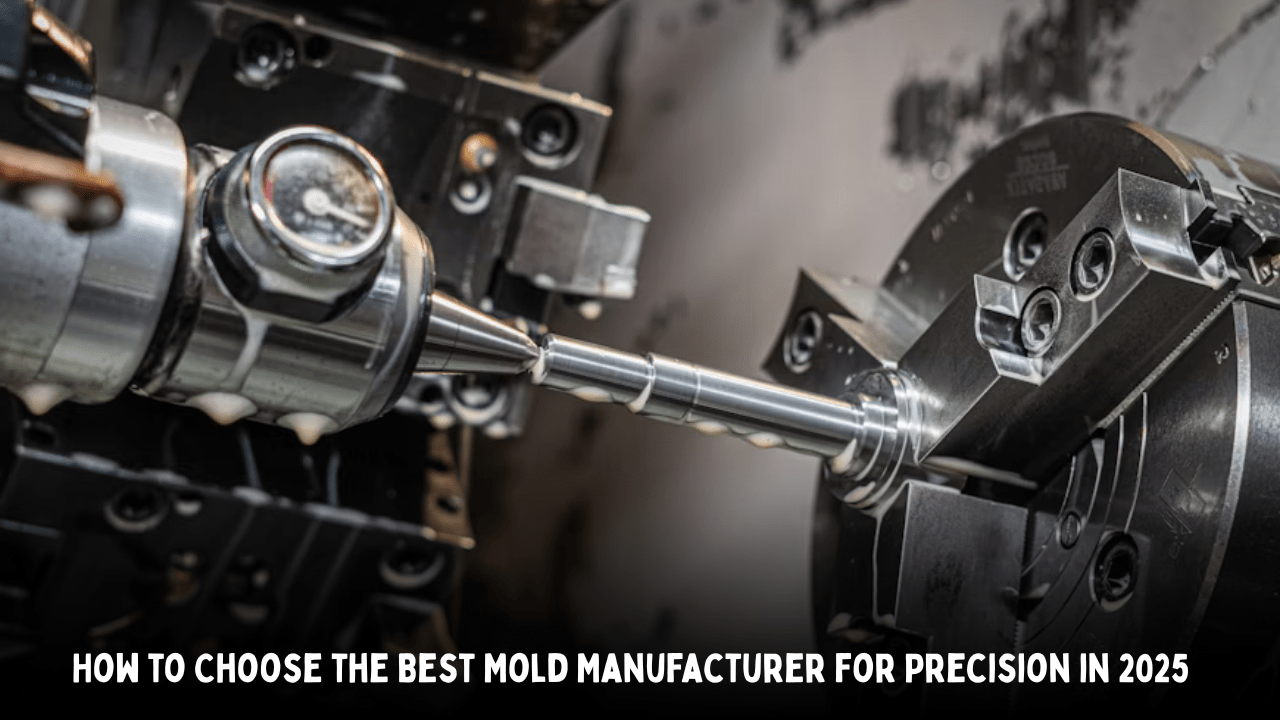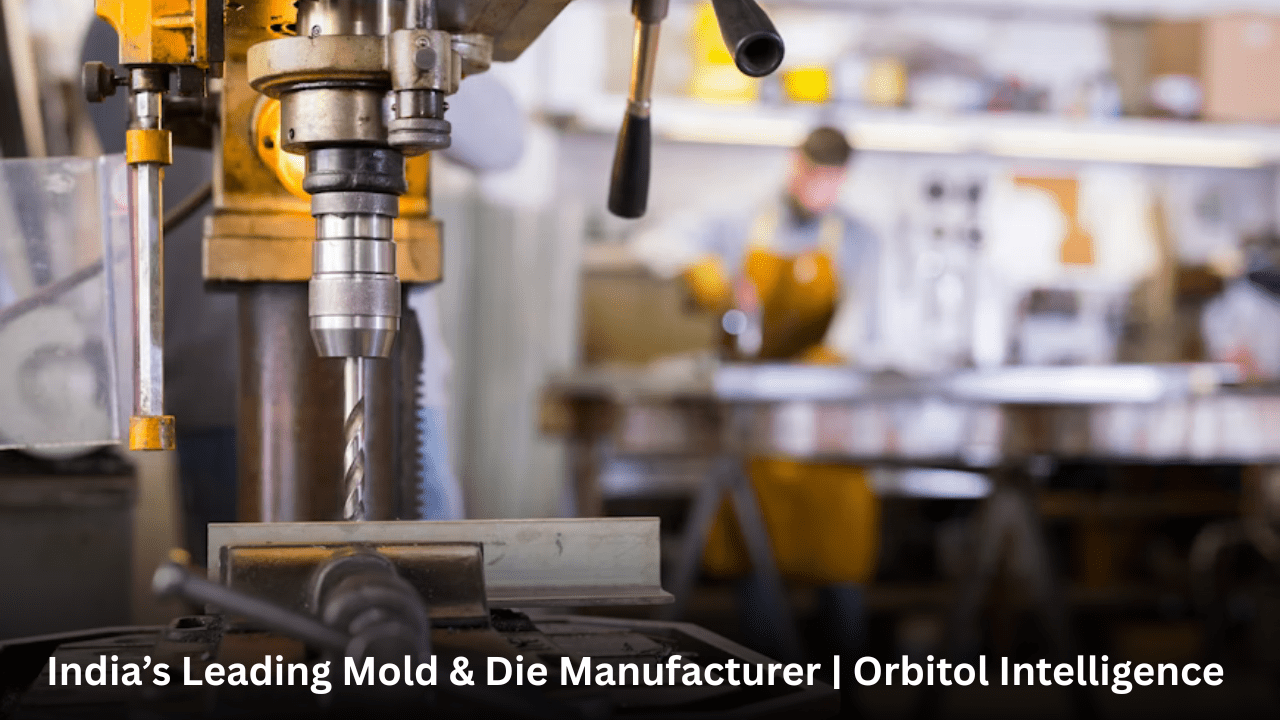Everything is built on precision in the world of high-performance engineering and medical innovation. In fact, a life-saving spine implant or a high-efficiency turbine blade leading to a jet engine, the difference of even the smallest dimension that is not to the exact standard can be the difference between success and failure.
Micro machining is a game-changer, where it has become the science and craft of producing ultra-small, ultra-precise components dimensions are not in millimeters but in microns. To medical implants and aerospace applications is the micro machining technology the manufacturers’ inroads to the performance, safety, and reliability limits.
In this blog, we will dive into how micro machining methods have drastically changed the yield of spinal implants as well as turbine blades, and the reason why this technology is the core of today’s engineering of precision.
What Is Micro Machining?
Micro machining is a process of making extremely precise parts with dimensions less than 1 mm and with tolerances as small as a few microns. Conventional machining is not only different in the requirement of specialized CNC and VMC machines but also in the need for advanced cutting tools and ultra-stable setups.
The goal, albeit simple, is quite a challenge: be as precise as possible on a microscopic scale.
Such processes are used in diverse industries:
Medical devices: Spine implants, dental screws, stents, and surgical tools.
Aerospace: Turbine blades, micro fuel nozzles, and structural parts.
Electronics: Micro connectors and semiconductor components.
At the core of it, micro machining is the intersection between human anatomy and machine excellence.
Why Micro Machining Is Critical for Spine Implants
Among medical devices, spine implants are the most fragile and complicated ones. Their purpose is to reestablish the spinal stability, substitute the damaged vertebrae, or alleviate the deformities very often, extremely precise geometry is required.
1. Micron-Level Accuracy
Different reactions of human bones and tissues to implants are the reason why a slight misalignment may result in discomfort, inflammation, or long-term complications. Micro machining technology can be used to remodel implants with accuracies of less than a micron, thus guaranteeing a perfect anatomical fit and seamless interaction with bone tissue.
2. Surface Finish and Biocompatibility
Thanks to micro machining, manufacturers have the possibility to produce clean and burr-free surfaces, which are the minimum requirements for the reduction of friction and promotion of tissue healing. At the same time, it allows for the surface to be textured for the bone to adhere better.
3. Complex Geometries
The complex features of modern spine implants may include lattice structures, porous surfaces, and internal cavities. The advanced CNC and VMC machines that carry micro tools are quite capable of dealing with these complex designs that are not achievable through conventional machining.
4. Material Versatility
Titanium, PEEK (polyether ether ketone), and medical-grade stainless steel are materials for which cutting conditions are unique. Micro machining is the precise and controlled operation required to process these hard materials without losing their mechanical strength or biocompatibility.
The Role of Micro Machining in Turbine Blade Manufacturing
While spine implants are all about biological precision, turbine blades are about aerodynamic perfection. These parts are put through extreme environments – high temperatures, high pressures, and extremely fast rotation. Even a small flaw can make the whole engine stop working.
1. High Precision in Aerodynamic Profiles
Turbine blades need to be perfectly shaped to let the air pass through smoothly. Micro machining makes sure that every blade is exactly like its digital model down to the micron, thus keeping the same performance for the whole set of the engine.
2. Edge Finishing and Surface Treatment
Edges that are sharp and surfaces that are rough may cause drag or turbulence. Techniques for micro finishing such as centreless grinding are employed in obtaining the mirror-like smoothness of edges, thus enabling the resistance to drop and the fuel efficiency to increase.
3. Tight Tolerances Under High Stress
The blades of a turbine hold up the most dreadful stresses and vibrations at 30,000 feet. Micro machining methods help to keep the dimensional accuracy and the strength of the materials even giving the parts a longer life and making them safe to use.
4. Integration with CNC and VMC Machines
The AI-powered controls, adaptive feedback systems, and precision spindles in modern CNC and VMC machines contribute to the perfect consistency during the micro machining operations. As a result, not only are the aerospace components like turbine blades made to be accurate but also they are smartly manufactured.
Key Micro Machining Techniques Used
For such extreme precision, manufacturers don’t rely on a single technology but a combination of micro-scale technologies. Below is the list of the most impactful methods:
1. Micro Milling
Uses very small cutting tools to open little holes and add features. It’s the procedure used most in making spine implants and shaping the airfoil of turbine blades. The advanced VMC machines that are used give the needed stability, speed, and fairness in such delicate operations.
2. Micro Turning
This method is best for making parts that are shaped like a cylinder such as medical screws and turbine shafts. The precision CNC machines give the control that is on the micron level over the dimensions, thus assuring the perfect roundness and surface finishing.
3. Micro Drilling
The micro holes in the new generation of implants help the osseointegration (bone bonding) process to go on. In turbine blades, micro holes are necessary for the cooling channels. The special micro drills that are used can produce holes as small as 0.05 mm and they do not cause material deformation.
4. Centreless Grinding
One of the main finishing techniques, centreless grinding gets rid of the imperfections and achieves smooth and accurate diameters. The method is used in both medical and aerospace fields and is a guarantee for the production of perfect surfaces.
5. Micro EDM (Electrical Discharge Machining)
Material that are hard and cannot be cut by the traditional way, micro EDM does it by the use of controlled electrical discharges that form intricate geometries – just right for titanium implants or superalloy turbine blades.
The Importance of CNC and VMC Machines in Micro Machining
Even if micro-machining sounds like something from a sci-fi movie, it is still based on the use of CNC and VMC machines. These machines are the carriers of precision engineering with the same degree of reliability and automation as before.
Advantages that they offer:
Multiaxis control gives the possibility of shaping very complex structures such as implants or turbine blades.
Using the very high spindle speeds helps to have very clean cuts and significantly less tool wear.
Automatic feedback systems control the state of vibration and the temperature of the tool in real time.
Smart AI software modifies the parameters of the cutting dynamically so the output is always stable.
In a nutshell, VMC machines provide the accuracy and AI and sensors bring the cleverness which is the future of micro manufacturing.
Micro Machining Advantages in Critical Industries
The medical as well as aerospace industry are both very dependent on precision and thus safety and high performance. Micro machining is a game changer in each of these fields in the following ways:
Industry Application Benefit
Medical (Spine Implants) Implant shaping, hole drilling, surface finishing Higher accuracy, better patient recovery
Aerospace (Turbine Blades) Airfoil shaping, edge polishing, cooling channels Improved efficiency and reliability
Automotive & Electronics Sensor parts, connectors, micro valves Compact and high-performance components
The degree of flexibility demonstrated by micro machining shows that it is more than just a technology it’s a distinctive advantage.
The Future of Micro Machining
The coming 10 years will see precision manufacturing take a whole new level, powered by smarter machines, automation, and environmental friendly practices.
New trends:
Nano-machining: Extending precision even further to the nanometer level.
Hybrid Machines: One system can perform micro milling, EDM, and grinding simultaneously.
AI-Integrated CNC Systems: Machines that self-correct in real-time.
Sustainable Micro Manufacturing: The balance between accuracy and low energy/waste usage.
The implication for the aerospace and medical industries is the arrival of safer flights, quicker recoveries, and radical innovations.
Summary
Micro-machining is already a mainstream technology and its importance grows still more as it marches onward with the conquering of Neuberg’s wall from mobiles to the Spinae line and further plus turbine blades for sustainable flight carbon emissions with the aid of modern day precision CNC and VMC machines and tools as the centreless grinder in finishing allow COMSOL simulators to get a step closer to real-life experiments’ highest range of accuracy and performance.
In the future, as changes continue in the different industries, one thing will be sure: the future is those people capable of thinking in a very small way but doing something truly extraordinary.

